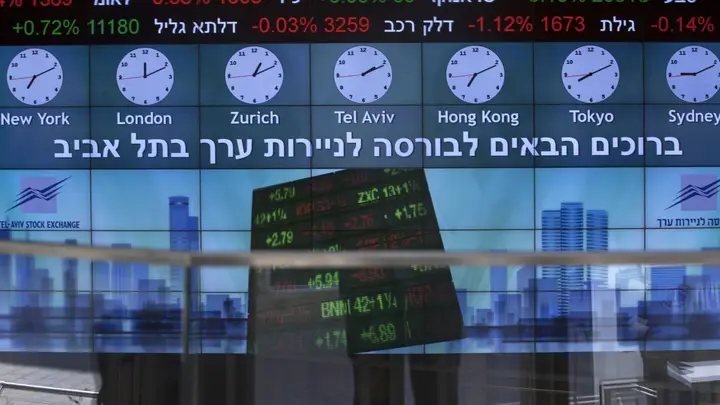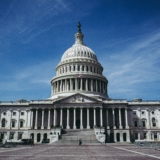The Escalating Conflict in the Middle East: More Than Just Geopolitical Tremors
In the ever-shifting landscape of global politics, the Middle East often emerges as the heart of relentless turmoil. Recent events in the region have once again thrust it into the global spotlight, with the conflict between Israel and Hamas reverberating through international markets, creating ripples of uncertainty and anxiety.
The recent bloodshed has left no room for optimism. Israel’s announcement of a ground assault in response to Hamas’ brutal attack, which tragically claimed the lives of over 1,300 Israelis, signifies a distressing escalation that has far-reaching implications beyond the region itself. As tensions intensify, global markets brace for the inevitable tremors, with oil prices surging and investors seeking refuge in safe-haven assets.
The specter of a wider Middle East conflict looms ominously, casting a shadow of apprehension over the financial landscape. With oil prices soaring and the S&P 500 index stumbling, it’s apparent that the potential involvement of other nations in the conflict could lead to an unmitigated market frenzy. The closure of an Israeli gas field, disrupting the supply of natural gas to neighboring countries, further compounds the apprehensions surrounding the stability of the energy market.
Amid the chaos, voices of caution resonate, warning of the potential economic fallout that could accompany an escalation of the conflict. Ben Cahill’s astute observation highlights the interconnected nature of conflict and market dynamics, underlining the inescapable reality that bloodshed in one part of the world can reverberate across global financial networks.
The impacts are not confined to the energy sector alone. The surge in gold prices, the strengthening of the U.S. dollar, and the rise in Treasury prices all bear witness to the volatile interplay between geopolitical tensions and financial stability. The recent devaluation of the Israeli shekel against the dollar, coupled with Israel’s efforts to stabilize its currency, underscores the immediate consequences felt at home.
The potential for inflation to surge, triggering central banks to accelerate interest rate hikes, looms as a cautionary specter. Bernard Baumohl’s insights shed light on the intricate dance between conflict-driven inflation and monetary policy adjustments, highlighting the delicate balance that policymakers must strike in the face of escalating geopolitical tensions.
Yet, amidst the tumult, a question hangs in the air like a thick fog: Will the markets retain their composure, or will they succumb to the escalating gravity of the situation? Erik Nielsen’s contemplative pondering captures the essence of the dilemma, encapsulating the uncertainty that permeates the financial sphere, dependent on the course the conflict takes in the days to come.
In this cauldron of unrest, the world watches with bated breath, recognizing that the repercussions of this conflict transcend mere market fluctuations. It serves as a stark reminder that peace is not merely a political objective but an essential prerequisite for global stability and economic well-being. As the world’s leaders grapple with this reality, the hope remains that wisdom and prudence will prevail, steering us away from the brink of further chaos and towards the path of enduring peace.






